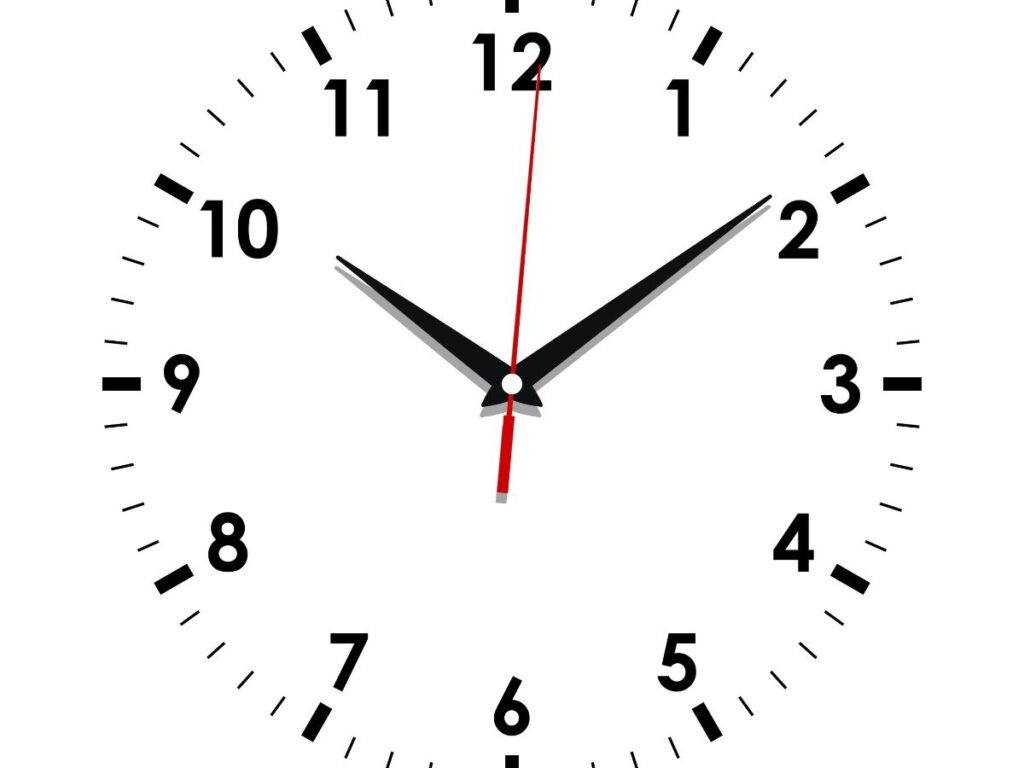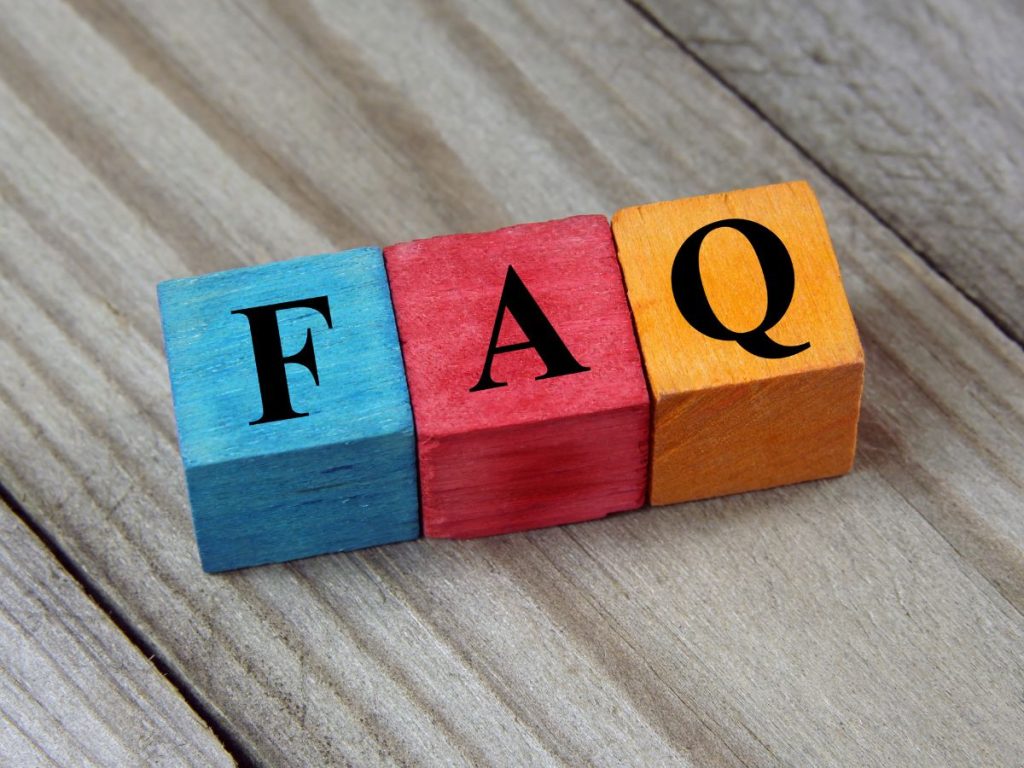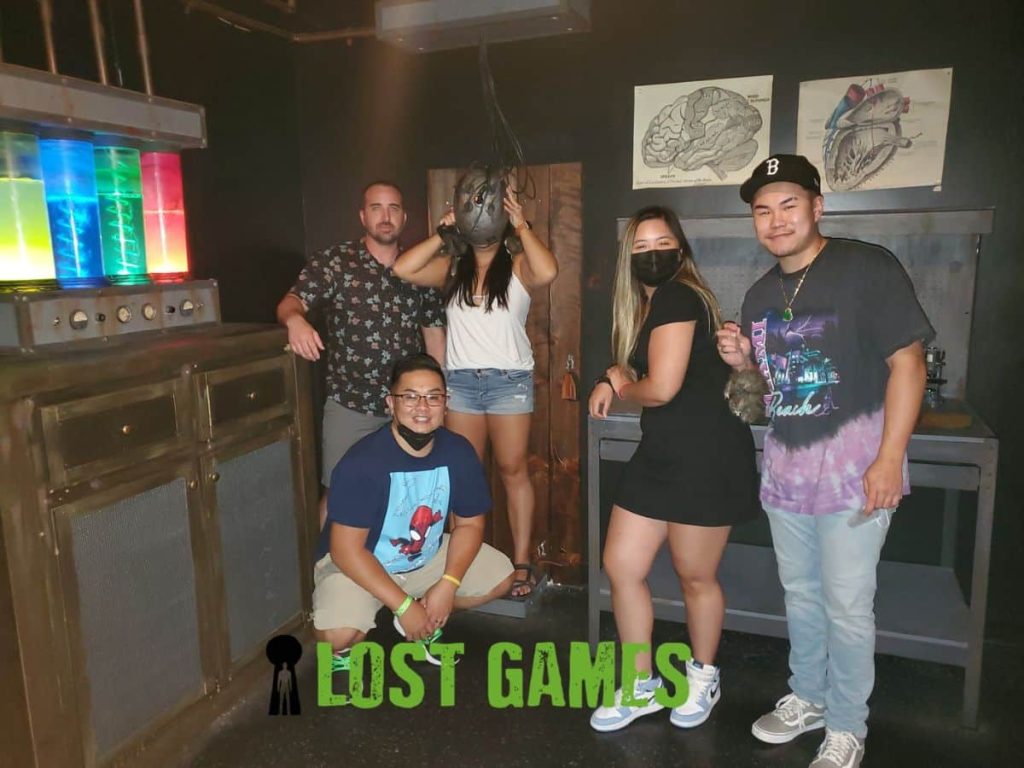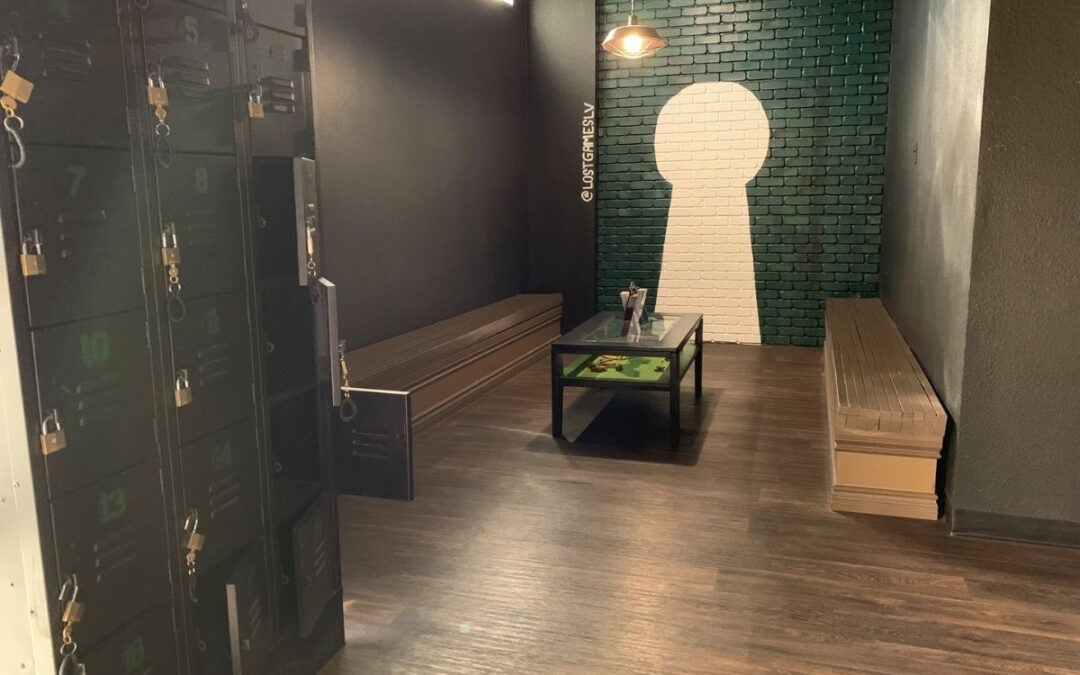Are you ready to take on the thrilling challenge of an escape room? If so, you’ll want to use the best escape room strategies to crack those mind-bending puzzles and conquer the room like a true pro.
In this blog post, we’ll provide you with a comprehensive guide on how to excel at various types of escape room puzzles, including lock, physical, sound, logic, word and number, hidden object, and cryptography challenges.
Whether you’re a seasoned escape room enthusiast or a first-timer, these hacks will help you beat the challenge and escape the room before time is up!
Blog overview

We’ve divided the blog into two sections.
The first one delves into puzzle-specific strategies, helping readers navigate various puzzles such as lock, physical, sound, logic, word and number, hidden object, and cryptography challenges.
The latter part of the blog presents general tips and tricks, equipping readers with an all-round strategy to conquer any escape room they encounter.
Strategies to solve different kinds of escape room puzzles
Lock puzzles

Image credit – OlegRi / Shutterstock.com
Locks are often the first puzzles you encounter in an escape room – as if they’re sentinels of the escape room world, guarding the secrets within.
Here are some hacks to conquer these gatekeepers:
First, identify the type of lock you’re dealing with – is it a combination, key, magnetic, or directional lock? Your approach will vary accordingly.
- For combination locks, stay observant. Watch for numbers or symbols in your surroundings that could form the unlocking sequence.
- If you’re up against a key lock, sometimes the most unassuming object in the room can be a key.
- Magnetic locks often require you to find a hidden magnetic object to trigger the mechanism.
- Directional locks, on the other hand, require you to move the lock in a particular pattern or direction.
If you find yourself getting flustered, remember that every lock has a key or a code – your job is to find it.
Immerse yourself in captivating escape room fun facts.
Physical puzzles

Cue Indiana Jones’ music; physical puzzles bring out the adventurer in every escape room enthusiast.
To excel at these challenges, keen observation and a gentle hand are key.
Avoid the urge to turn the room upside down. The furniture is often arranged exactly how it’s needed.
If something appears amiss, THAT is your cue to investigate.
Look for secret compartments or peculiar patterns.
You might have to align objects in a certain way or use a special tool hidden in plain sight.
And remember, not all knots need to be untangled; some are there just to tie up your time!
Finally, heed the warning signs. If a notice asks you not to touch something, don’t.
In summary, patience, respect, and a bit of adventurous spirit are your best tools when faced with physical puzzles.
Sound puzzles
Turn up the volume, escape room aficionados, because sound puzzles are a whole different ball game.
These aural riddles ask you to keep your ears as sharp as your eyes.
Sound cues in escape rooms can range from the subtle drip of water to a record player repeating the same song verse.
If a sound doesn’t seem to contribute to the ambience or storyline, there’s a good chance it holds a clue.
Perhaps that steady drip-drip hints at a hidden leaky pipe?
Or maybe the record player is trying to serenade you with a cryptic message hidden in the lyrics?
However, don’t let every creak and whisper send you on a wild goose chase. Some sounds are just there to set the mood, especially in experiences like The Asylum Part II: Playtime.
Logic/reasoning puzzles
Welcome to the ultimate escape room brain workout: logic and reasoning puzzles.
These puzzlers are like Sherlock Holmes mysteries waiting to be cracked.
Encountering a seemingly indecipherable map, cryptic poem, or a sequence of odd symbols? That’s where your logic and reasoning powers come into play.
Remember – Nothing in the room is there by chance, and appearances can be deceptive.
What looks like an obvious answer might be a red herring. For instance, a code scribbled on the door might not be the exact one you need, but it could lead you to the real answer.
Different perspectives can help decipher the trickiest of puzzles. Look for recurring themes, patterns, or symbols.
Juxtapose the clues you’ve already found with the puzzle at hand.
Take on a Vegas-style poker face. Keep your cards close, think outside the box, and remember – in escape rooms, the house doesn’t always win!
Word & number puzzles

These puzzles could be anything from anagrams to sudokus, crosswords to number sequences. Cracking such puzzles could yield a combination lock code to a key character name – or simply lead to another puzzle.
But don’t worry, as you don’t need to be a human calculator or a Shakespeare to crack them. Sometimes the puzzle is a standalone challenge, solvable with no additional clues.
But other times, you might need to play detective, scouring the room for hints to fill in the blanks.
As we shall see, a crucial strategy is to not become overly fixated on an unsolvable puzzle. If you’re short on clues, it’s okay to set it aside. More information might emerge as you continue with other puzzles.
Hidden object puzzles
These are the “hide and seek” champions of escape room challenges. You’re likely to find an assortment of objects – keys, notebooks, photographs, business cards, and more – stashed away in the most unexpected of places.
Getting your hands on these can often be the first step to unravel the mysteries of the escape room.
From rugs that aren’t just for decoration to books with secret compartments, virtually anything in the room could be a potential hiding spot.
Who knows, that lampshade might not just be for ambient lighting, and a drawer may hold more than just your usual knick-knacks.
But remember to respect the rules and stay clear of areas marked as off-limits.
Coding (a.k.a. “cryptography”) puzzles

Image credit – olga chuprina / Shutterstock.com
Stepping into the world of coding or cryptography puzzles is like entering a spy movie!
Amidst the twists and turns of escape room challenges, you’ll come face to face with coded messages and cryptic languages. It might be a mysterious pattern of symbols, a set of hieroglyphics, or even a strange alphabet that you’ll need to decipher.
Don’t panic!
Even if the symbols look alien to you, there’s always a key to crack the code.
It could be a cipher hidden in the room, a pattern in the symbols themselves, or a visual aid that brings order to the chaos.
Collaboration is vital. More heads are better than one when it comes to spotting patterns or connections.
And patience, as we know, is a virtue. Don’t rush through it – cryptography puzzles often need a methodical approach.
Other tips and tricks you should follow to beat an escape room
Pick a good team

Image credit – docstockmedia / Shutterstock.com
Escape rooms are like real-life puzzles, and as they say, two heads are better than one. But it’s not just about having the right brains in the room, it’s about having the right personalities too.
A great team doesn’t necessarily mean a group of Einsteins. Sure, brains help, but so do perspective, variety, and a positive vibe.
The winning formula is simple: a mix of talents, a dash of good communication, a pinch of compatibility, and a whole lot of laughter.
The key point: It’s the collective strength that will help you break through those tricky corners and hidden clues.
Remember those physical puzzles or hidden object challenges we mentioned earlier?
Your eagle-eyed buddy might spot those hidden objects before you can say “Lost Games”, while someone else could be the one that spots how to manipulate the physical objects.
Finally, if you’re unsure how large your group should be, check out our blog post on mastering escape room team sizes!
Arrive on time

Time waits for no one, especially not in the suspenseful world of escape rooms.
Being late means you’re giving the escape game a head start, and that heightens the odds you won’t be able to beat the room!
Arriving late due to traffic or other unexpected delays might cut down your adventure time, leaving you with less time to solve puzzles, spot clues and escape.
At Lost Games, we recommend a 15-minute early arrival – it’s our version of a warm-up lap.
This time is perfect for checking in, filling out waivers, and taking a quick trip to the restroom. Plus, it gets you in the zone to tackle our escape rooms head-on.
Listen to the pre-game briefing
Just like a charismatic MC setting the stage for a magical night, escape room briefings paint the background story of the adventure you’re about to begin.
They might be short videos or a lively introduction by your game master, but they’re far from a sideshow.
Many players think these briefings to be mere formalities or theatrical elements.
However, they soon realize that buried within the briefing are crucial clues to help them crack puzzles.
Be it a seemingly random name mentioned or an unusually emphasized object, anything could be a potential game-changer.
Don’t hold back from your team
Escape rooms are the ultimate test of teamwork and communication.
Everyone, at any moment, could be discovering something new, something critical for your escape.
Withholding information from your team could mean missing vital pieces of the puzzle. It’s like chaos theory in action – it’s a whirlwind, but when harnessed correctly, it propels you forward.
Whether you’re tackling a sound puzzle in The Asylum Part I or a logic puzzle in The Fortune Teller, your key to success might be the code that another teammate has just figured out.
So, speak up, share your findings, and watch as the individual threads you bring progress into a story of victory!
Don’t obsess over any particular puzzle

It’s easy to get engrossed in a challenging puzzle in escape rooms. BUT – you can’t let any puzzle take over your senses.
If you find yourself stuck, ask for help from the team.
And when several team members can’t figure out a puzzle even after multiple attempts, it’s likely a sign that you’re missing some crucial information.
You might need to solve a different puzzle first. Or, it might be time to ask for a hint – and hints is something we’ll take a look at in a bit.
Remember, it’s not about individual victories; it’s about the team’s success. So, step aside when you’re stuck and let others try – their fresh eyes might spot what you missed.
Ask for help if you’re stuck

Don’t shy away from seeking help in an escape room when you’re stuck. Almost every game has a hint system in place – whether it’s waving to a camera, using a walkie-talkie, simply speaking out, or interacting with an in-game actor.
Remember, our game master is there to gently nudge you back on track. And they’re well-trained on how to do that, without giving the entire show away and reducing the game to a boring walkthrough.
So, don’t hesitate to ask for hints when you’re overly stuck or when things get frustrating.
And it’s not cheating or a sign of weakness to ask for hints, either. Au contraire, it’s a very rare occurrence for a group to escape without using any hints.
Escape room puzzle strategies – FAQs

Image credit – chrupka / Shutterstock.com
How do you figure out clues in escape rooms?
- Be observant: Look for symbols, patterns, or odd elements in the room.
- Think logically: Use reasoning skills to interpret cryptic messages or maps.
- Listen carefully: Pay attention to the sounds around you; they might hold clues.
- Seek help: If you’re stuck, ask for a hint or involve your team members.
What are the key things to look for in the escape room?
- Puzzle elements: Objects that seem out of place or have unique features.
- Clues or codes: Watch out for numbers, symbols, or words hidden in the room.
- Unusual sounds: They might be an essential part of a sound puzzle.
- Anything interactive: Any object you can manipulate might be part of a physical puzzle.
What not to do in an escape room?
- Don’t disregard the briefing. It can hold vital clues.
- Avoid obsessing over one puzzle. If you’re stuck, move on and return later.
- Don’t hoard information. Always share findings with your team.
- Refrain from disrupting the room. Respect the rules and don’t cause unnecessary damage.
What skills are used in an escape room?
- Problem-solving: You need to solve a variety of puzzles to escape.
- Communication: Sharing information with your team is crucial.
- Observation: Spotting clues and patterns is a must.
- Time management: You must solve the puzzles within a set time frame.
Do you have to be smart to do an escape room?
Not necessarily. Escape rooms are not just about being smart, they’re about teamwork, communication, and creativity.
Even if you’re not a puzzle expert, your unique perspective or particular skill might be the key to your team’s success.
Ready to put these escape room strategies to the test?

You’re now ready to conquer any escape room challenge that comes your way.
Whether you’re drawn to lock puzzles, physical challenges, or the intrigue of cryptography, these strategies will help you navigate each puzzle type with confidence and finesse.
Remember, teamwork, observation, and logical thinking are the keys to success.
Now, it’s time to test these tips and tricks on the best escape room in Las Vegas!
Check out our exciting array of games, and choose the one that you like best.
Gather your team and book your room now!
Are you ready to crack the codes and unlock the mysteries that await you?






